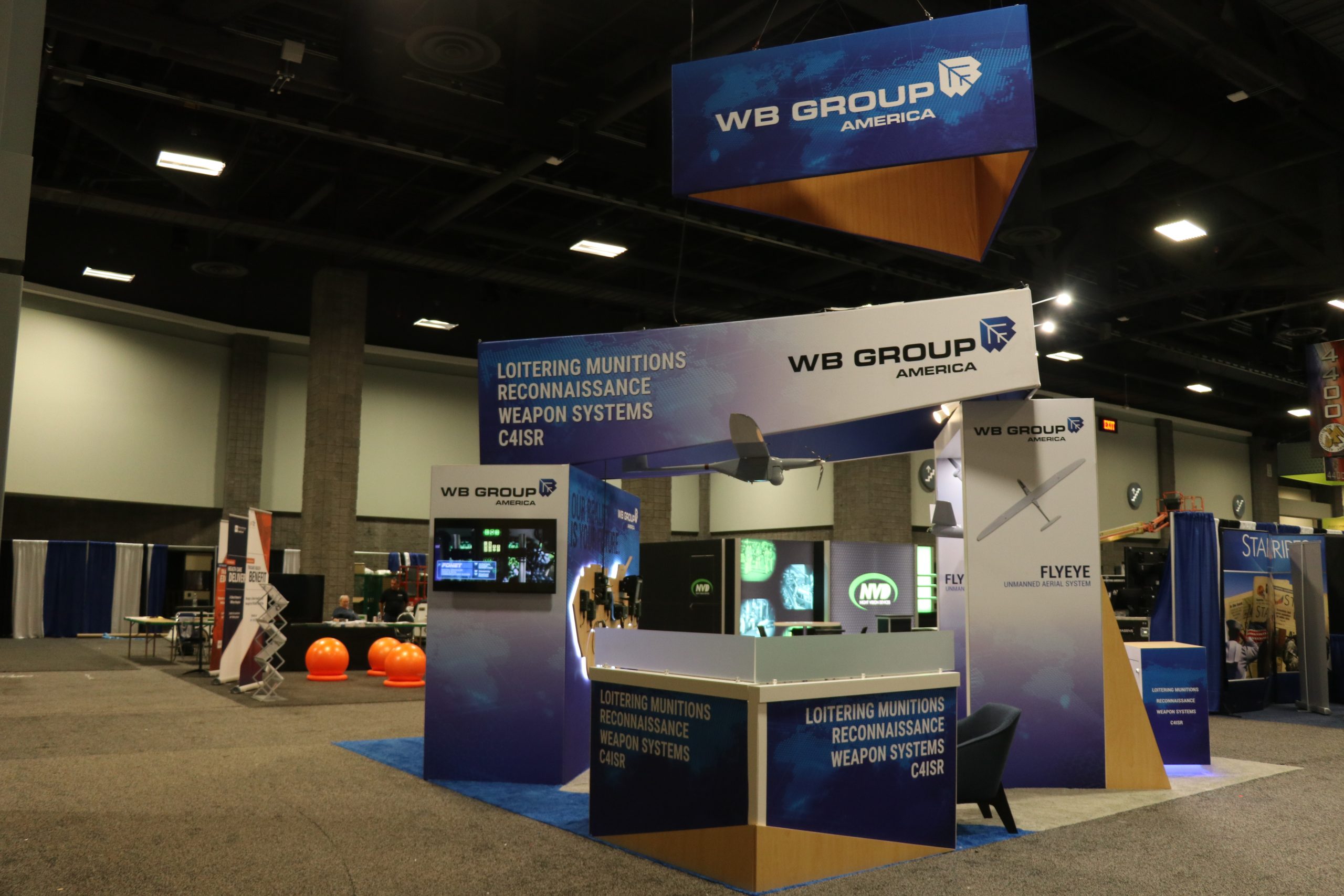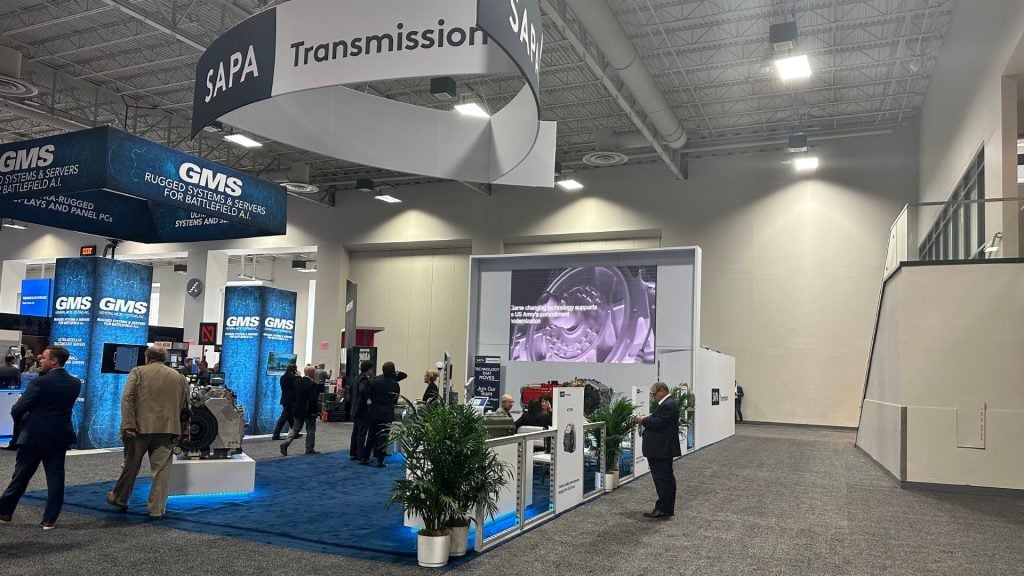
Introduction
Designing an exhibit for a trade show is about more than just aesthetics; it’s about creating an immersive experience that reflects your brand, engages your audience, and achieves your marketing objectives. A well-thought-out strategy is essential to transform an initial concept into a show-stopping exhibit. Here’s a breakdown of the strategic approach to exhibit design that ensures your booth not only looks great but also delivers tangible results.
Step 1: Define Your Objectives
Before you dive into the design process, it’s crucial to establish clear objectives for your exhibit. Ask yourself the following questions:
- What are your goals for the trade show? Are you focused on generating leads, increasing brand awareness, launching a product, or strengthening relationships with current clients?
- Who is your target audience? Are you appealing to decision-makers, potential customers, or industry partners?
- What key message do you want to communicate? This could be a specific campaign, a new product offering, or an overarching brand narrative.
By answering these questions, you’ll lay the groundwork for an exhibit that is aligned with your business goals and effectively communicates your message to attendees.
Step 2: Research the Venue and Audience
Understanding the specifics of the trade show venue and the expectations of the attendees is key to a successful exhibit design. Research the following:
- Booth Space and Layout: Know the size and layout of your booth area. Consider any limitations such as height restrictions or electrical access.
- Event Demographics: Analyze the attendee profile to ensure your exhibit resonates with their interests and needs. Are they looking for innovative solutions, hands-on demonstrations, or detailed product information?
- Competing Exhibitors: Take note of your competitors and how they present themselves. This allows you to create a booth that stands out and offers a unique experience.
Tailoring your design to fit the specific environment and audience will maximize your exhibit’s impact.
Step 3: Develop a Concept that Reflects Your Brand
Now that you’ve defined your goals and done your research, it’s time to get creative. The concept of your exhibit should be a reflection of your brand’s identity, values, and message. Keep these considerations in mind:
- Visual Identity: Ensure that your booth design aligns with your brand’s visual elements, including colors, fonts, and logos. Consistency is key to reinforcing brand recognition.
- Theme or Story: Develop a theme or narrative for your booth that resonates with your audience. This could be based on your product, a specific campaign, or a broader brand story that ties everything together.
- Engagement Opportunities: Consider how you’ll engage with attendees. Will you use interactive technology, live demonstrations, or creative giveaways to attract attention and create memorable experiences?
The concept should balance creativity with functionality, ensuring your booth grabs attention while serving its practical purposes.
Step 4: Collaborate with an Experienced Design Team
Creating an exhibit that stands out requires collaboration with professionals who specialize in exhibit design. Partner with a team that can bring your concept to life through technical expertise, creativity, and industry knowledge. Your design team should:
- Understand Your Vision: Communicate your objectives and brand vision clearly. The design team should be aligned with your goals and understand how to translate them into a physical space.
- Incorporate Innovative Elements: Work with designers who can incorporate cutting-edge elements like virtual reality, augmented reality, or immersive lighting to enhance attendee engagement.
- Address Practical Requirements: Ensure that the design team considers logistical factors such as traffic flow, product display, and accessibility. The design should be visually striking while remaining functional.
An experienced design partner can help navigate the complexities of trade show regulations, installation, and material selection, ensuring a smooth process from start to finish.
Step 5: Focus on Sustainable Practices
With sustainability becoming increasingly important, incorporating eco-friendly design choices can make your exhibit stand out while reducing its environmental impact. Consider the following:
- Reusable Materials: Choose materials that can be used for multiple shows, such as modular booth components or recycled materials.
- Energy Efficiency: Opt for energy-efficient lighting and electronic displays to minimize energy consumption.
- Sustainable Giveaways: If you’re offering promotional items, consider eco-friendly options that reflect your brand’s commitment to sustainability.
Taking a green approach not only aligns with corporate social responsibility but also appeals to an audience that values environmental consciousness.
Step 6: Ensure Seamless Execution
Once the design is finalized, it’s essential to focus on the logistics of bringing your exhibit to life on the show floor. This includes:
- Pre-Show Planning: Ensure that all materials, displays, and technology are ready for shipping well in advance. Confirm installation timelines and communicate with the trade show organizers about any special requirements.
- On-Site Installation: Work closely with your exhibit team to oversee the installation and ensure that everything is in place. Conduct a walk-through to address any last-minute adjustments.
- Staff Training: Equip your staff with the necessary tools to engage with attendees and communicate your brand message effectively. Your team plays a crucial role in delivering a memorable experience.
Seamless execution ensures that your exhibit is set up on time, looks professional, and runs smoothly throughout the event.
Step 7: Post-Show Follow-Up and Evaluation
Your exhibit’s impact doesn’t end when the trade show wraps up. After the event, follow up with the leads and connections you made to turn potential opportunities into real business. Additionally, evaluate the success of your exhibit by measuring metrics like:
- Number of leads generated
- Social media engagement
- Booth traffic and attendee interactions
- Return on investment (ROI) based on your objectives
This evaluation process will help you refine your strategy for future trade shows and improve your approach to exhibit design.
Conclusion: From Concept to Creation
Creating a successful exhibit requires a blend of strategic planning, creative design, and seamless execution. By focusing on your brand’s goals, understanding your audience, and collaborating with the right design team, you can transform your concept into an eye-catching and effective trade show experience. From the initial concept to post-show evaluation, each step in the process contributes to building an exhibit that not only looks impressive but also drives results.


 Global
Global Europe
Europe

